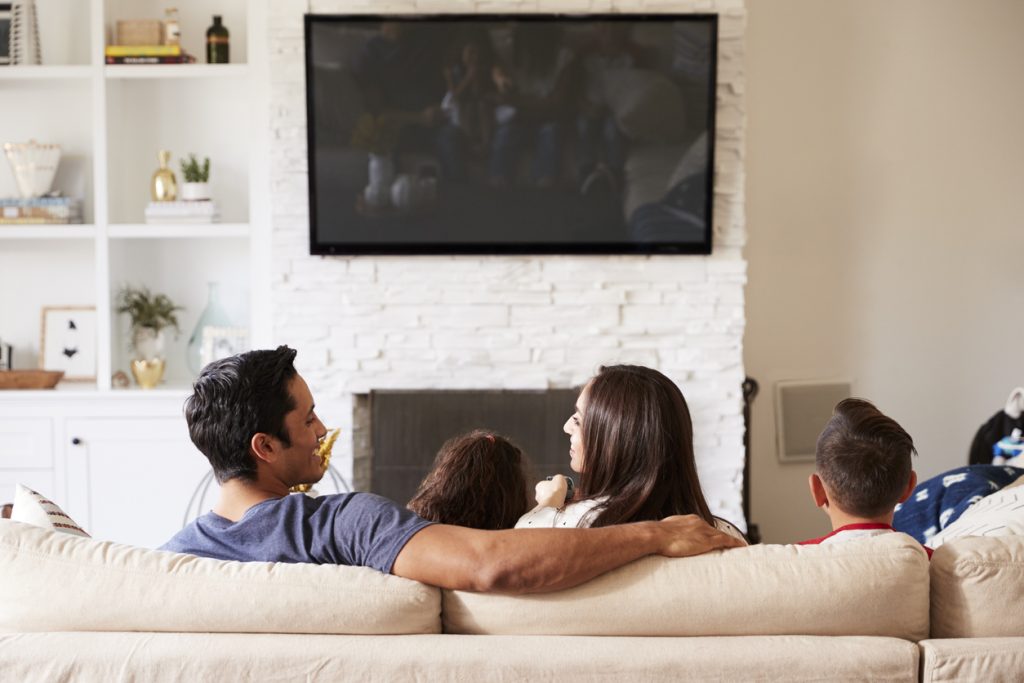U.S. Households With Live Pay-TV Service Subscriptions Declines To 66%
Findings from the latest Leichtman Research Group also show that one third of respondents, many of them younger, have never had a pay TV subscription

DURHAM, N.H.—The number of U.S. TV households with access to live pay-TV, whether via cable, satellite, Telco or an internet vMVPD subscription, has dropped to 66%, down from 88% a decade ago, according to the findings of new research from Leichtman Research Group (LRG).
The findings also highlight ongoing worries about the future of the pay TV industry in that one third of the respondents (34%) reported that they had never had a pay TV service.
“Two-thirds of U.S. TV households now get a live pay-TV service, a significant decrease from 79% five years ago,” said Bruce Leichtman, LRG president and principal analyst. “The decline in pay-TV subscribers is not solely a function of those disconnecting services but is also related to a slowdown in those entering or reentering the category.”
The research shows non-subscribers to pay-TV services fall into three similar-sized groups based upon their prior pay-TV subscription. About 31% on non-subscribers last had a pay-TV service within the past three years; 35%, over three years ago; and 34% never had a pay-TV services. Of those never having a subscription, 52% are aged 18 to 34, according to the findings.
The research also revealed:
- 73% of 45-year-old and older adults have a pay-TV service compared to 57% of those 18 to 44 years old
- 46% of those who have moved within the past year do not have a pay-TV service, which is higher than in previous years
- 73% of three-or-more-TV households have a pay-TV service; 65% of two-TV households subscribe; and 52% of single-TV households have a subscription to a pay-TV service
- The mean household income of those with subscriptions is 11% higher than the mean income of households without subscriptions
- 13% of pay-TV subscribers say they are likely to switch from their current provider in the next six months, compared to 14% in 2020 and 13% in 2017
The findings are based on a survey of 1,850 U.S. households. They are part of LRG’s “Pay-TV in the U.S. 2022” annual study, the firm’s 20th such study. The survey was conducted in September. The survey sample included 1,235 online respondents and 615 phone respondents.
The overall sample has a statistical margin of error of +/- 2.3%. The online sample used exclusively for some questions has a statistical margin of error of +/- 2.8%.
Get the TV Tech Newsletter
The professional video industry's #1 source for news, trends and product and tech information. Sign up below.
More information is available on the LRG website.
Phil Kurz is a contributing editor to TV Tech. He has written about TV and video technology for more than 30 years and served as editor of three leading industry magazines. He earned a Bachelor of Journalism and a Master’s Degree in Journalism from the University of Missouri-Columbia School of Journalism.

